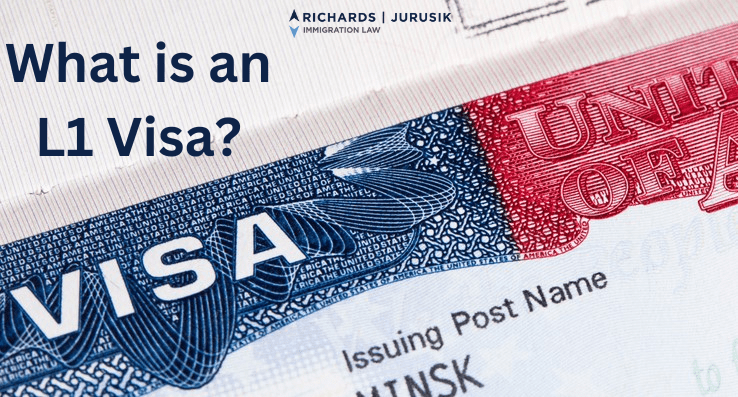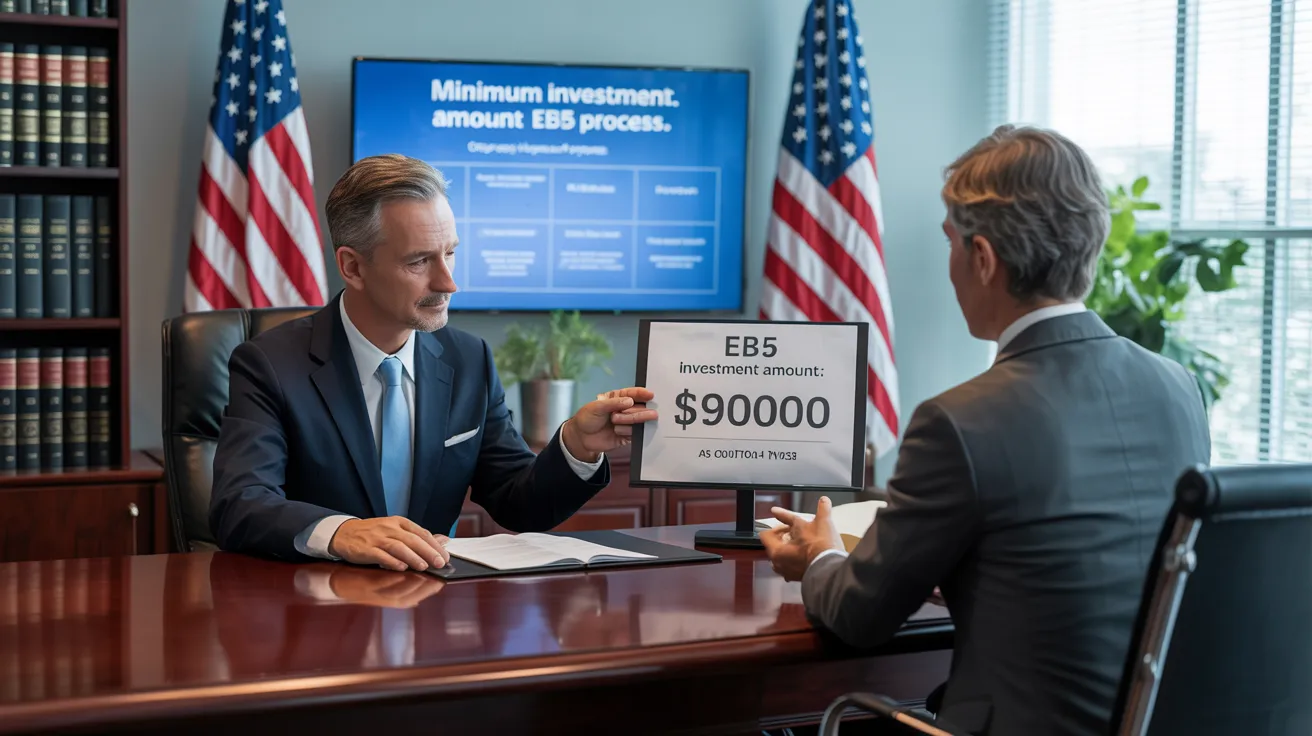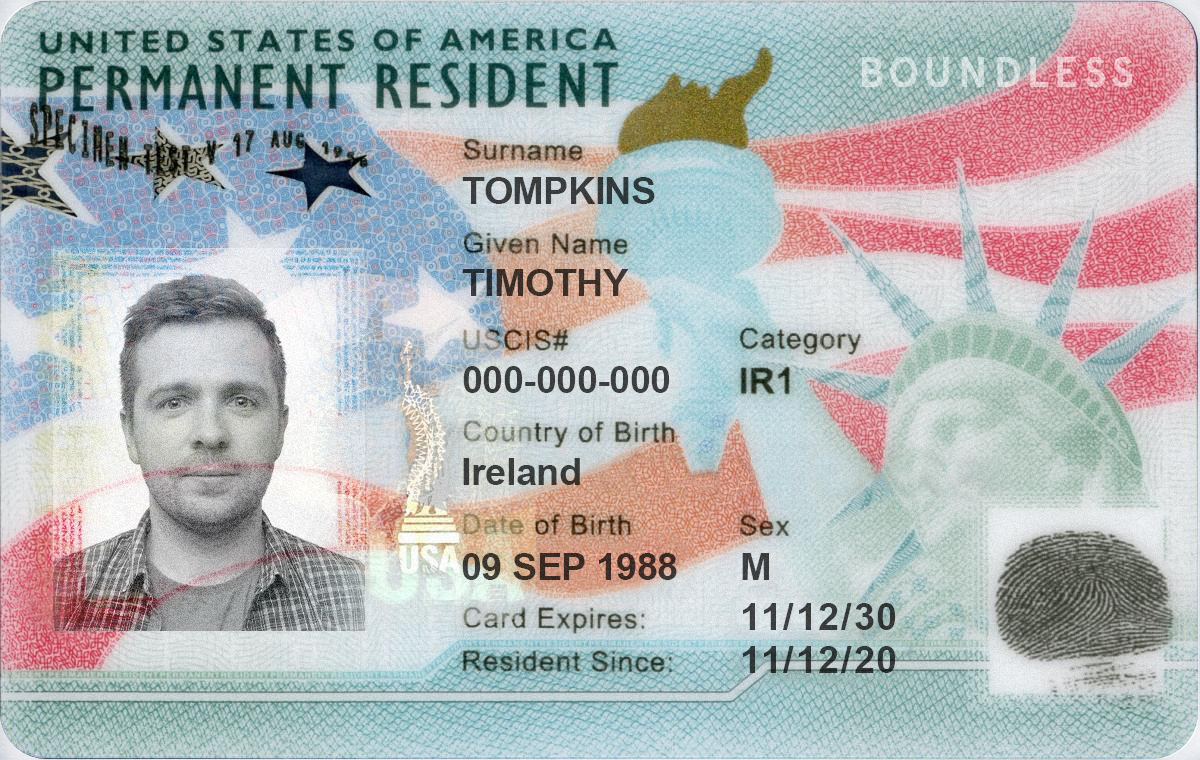L1 Visa Timeline
Wiki Article
Rumored Buzz on L1 Visa
Table of ContentsA Biased View of L1 VisaL1 Visa Can Be Fun For Everyone3 Simple Techniques For L1 VisaThe Definitive Guide to L1 VisaWhat Does L1 Visa Do?L1 Visa Things To Know Before You Get This
Available from ProQuest Dissertations & Theses Global; Social Scientific Research Premium Collection. DHS Office of the Inspector General. Retrieved 2023-03-26.
U.S. Department of State. Fetched 22 August 2016. "Employees paid $1.21 an hour to install Fremont tech business's computers". The Mercury Information. 2014-10-22. Gotten 2023-02-08. Costa, Daniel (November 11, 2014). "Obscure temporary visas for foreign tech workers depress incomes". The Hill. Tamen, Joan Fleischer (August 10, 2013). "Visa Holders Replace Workers".
Get This Report about L1 Visa
In order to be eligible for the L-1 visa, the foreign company abroad where the Beneficiary was used and the U.S. company need to have a qualifying relationship at the time of the transfer. The different sorts of certifying relationships are: 1. Parent-Subsidiary: The Parent indicates a firm, corporation, or other legal entity which has subsidiaries that it has and regulates."Subsidiary" suggests a company, firm, or other lawful entity of which a moms and dad owns, straight or indirectly, even more than 50% of the entity, OR owns less than 50% yet has monitoring control of the entity.
Company A has 100% of the shares of Firm B.Company A is the Parent and Business B is a subsidiary. There is a qualifying partnership between the two business and Company B need to be able to sponsor the Recipient.
Instance 2: Business A is integrated in the united state and intends to petition the Beneficiary. Business B is incorporated in Indonesia and uses the Recipient. Business An owns 40% of Firm B. The remaining 60% is owned and controlled by Company C, which has no connection to Business A.Since Business A and B do not have a parent-subsidiary partnership, Company A can not sponsor the Beneficiary for L-1.
Firm A possesses 40% of Company B. The staying 60% is possessed by Company C, which has no relation to Business A. Nonetheless, Company A, by official arrangement, controls and full handles Firm B.Since Firm A has less than 50% of Company B yet manages and manages the firm, there is a qualifying parent-subsidiary partnership and Company A can sponsor the Recipient for L-1.
Indicators on L1 Visa You Should Know
Associate: An associate is 1 of 2 subsidiaries thar are both owned and managed by the very same parent or individual, or had and managed by the same team of people, in basically the exact same ratios. a. Example 1: Business A is included in Ghana and utilizes the Recipient. Business B is integrated in the U.S.Company C, likewise included in Ghana, possesses 100% of Firm A and 100% of Company B.Therefore, Company A and Firm B are "associates" or sister firms and a certifying partnership exists between both companies. Firm B need to have the ability to fund the Recipient. b. Example 2: Business A is incorporated in the U.S.
Company A is 60% had by Mrs. Smith, 20% possessed by Mr. Doe, and 20% possessed by Ms. Brown. Business B is integrated in Colombia and presently employs the Beneficiary. Firm B is 65% had by Mrs. Smith, 15% had by Mr. Doe, and 20% owned by Ms. Brown. Business A and Business B are associates and have a qualifying relationship in 2 various methods: Mrs.
The L-1 visa is an employment-based visa group established by Congress in 1970, permitting international firms to transfer their managers, execs, or essential employees to their united state procedures. It is typically described as the intracompany transferee visa. There are two major sorts of L-1 visas: L-1A and L-1B. These kinds are appropriate for workers hired in different placements within a firm.

Furthermore, the beneficiary needs to have operated in a find out more supervisory, executive, or specialized employee placement for one year within the three years preceding the L-1A application in the international company. For new office applications, foreign employment has to have remained in a supervisory or executive ability if the recipient is coming to the United States to work as a manager or exec.
Rumored Buzz on L1 Visa

If granted for a united state firm operational for greater than one year, the first L-1B visa is for as much as three years and can be extended for an additional 2 years (L1 Visa). On the other hand, if the U.S. firm is freshly developed or has actually been operational for less than one year, the initial L-1B visa is issued for one year, with expansions readily available in two-year increments
The L-1 visa is an employment-based visa classification developed by Congress in 1970, enabling international firms to move their managers, executives, or essential workers to their U.S. procedures. It is commonly referred to as the intracompany transferee visa.
Some Known Incorrect Statements About L1 Visa
In addition, the recipient must have functioned in a supervisory, exec, or specialized employee setting for one L1 Visa process year within the 3 years preceding the L-1A application in the foreign firm. For new office applications, international employment needs to have been in a managerial or executive capability if the recipient is concerning the United States to function as a supervisor or executive.for as much as seven years to oversee the operations of the U.S. affiliate as an exec or supervisor. If issued for an U.S. company that has been operational for even more than one year, the L-1A visa is initially provided for up to three years and can be extended in two-year increments.
If provided for a united state firm functional for greater than one year, the preliminary L-1B visa is for as much as 3 years and can be extended for an additional 2 years. Conversely, if L1 Visa process the U.S. business is newly established or has actually been operational for much less than one year, the initial L-1B visa is issued for one year, with extensions readily available in two-year increments.
Report this wiki page